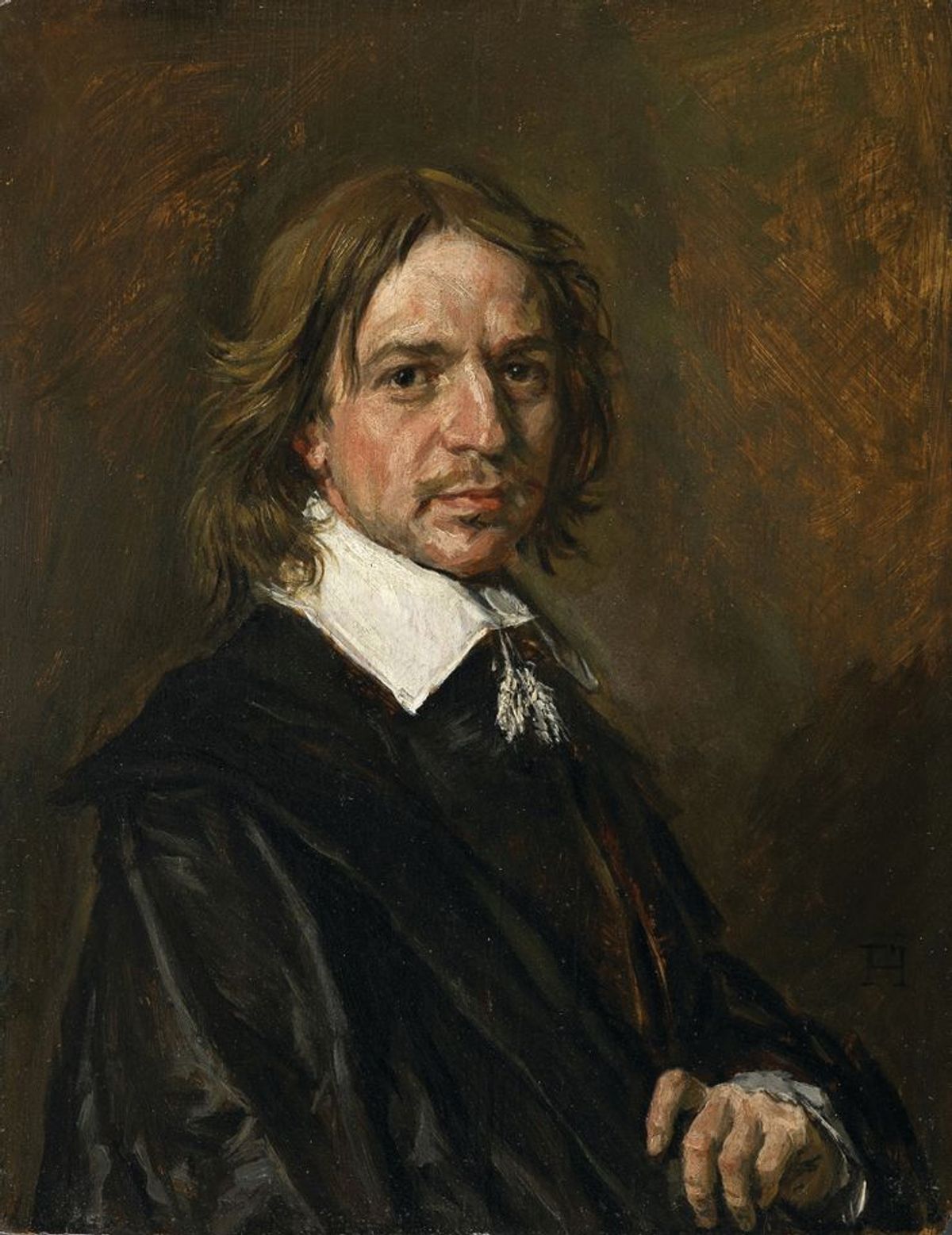The commercial court in London ruled today that the investment company Fairlight Art Ventures was liable for the reimbursement Sotheby’s paid to an American client for a painting purportedly by Frans Hals, that was later described as a “modern forgery".
Justice Robin Knowles supported Sotheby's claims, saying that throughout the series of events "[the auction house] acted in accordance with the contractual framework". According to the judgement, Fairlight must pay Sotheby’s a total of $5.375m plus interest as well as costs.
In 2016, Sotheby's refunded the Seattle collector Richard Hedreen's company EPC Nevada the full $11.75m it had paid for the alleged fake. The painting had been sold to EPC Nevada in 2011 by the British art dealer Mark Weiss through a private sale at the auction house. They charged a fee of 5% of the purchase price.
Last April, the court examined the lawsuit filed by Sotheby's against Weiss and Fairlight to recover the amount refunded to EPC Nevada. Just before the trial, Weiss chose to settle out of court for $4.2m.
The British dealer and Fairlight bought the painting in Paris in 2010 for €3m, from a Frenchman living in northern Italy called Giulano Ruffini. The Musée du Louvre, which had declared the work a "national treasure", was also trying to buy it at the time for €5m. Last May, a French judge investigating a series of allegedly forged Old Masters, issued an arrest warrant against Ruffini, his son and a local painter. The warrants are currently being examined by Italian courts of appeal.
In 2016, alarmed by the news of the criminal investigation in France, Sotheby's proposed to Hedreen that the painting undergo a forensic examination. The results allegedly showed that pigments, allegedly from the 20th century, were located deep within and underneath the paint layers. But Weiss and Fairlight claimed that the auction house had no contractual nor reasonable grounds to cancel the sale. Furthermore, Fairlight claimed it was only acting as an investor, "not a partner" of the British dealer, meaning it could not be liable for any loss.
They also challenged the analysis undertaken by the forensics company, Orion Analytical, pointing out that only a few months later, the firm was bought by Sotheby's, which subsequently hired its founder, James Martin, as a scientific director. At the April trial, Martin reacted strongly when he was dubbed a "partisan expert" by Fairlight's barrister Richard Wilson. He said he would never have considered changing his findings for the sake of a client and reaffirmed there was no doubt that the portrait was "made in the 20th century".
Today, the British judge said that he found "no wrongdoing" in Martin’s conduct and his work. He also said that his judgement "does not determine whether this fine painting is by Frans Hals". Noting that the judge found "no conduct" on the part of his gallery "blameworthy" in the business relationship with Fairlight, Weiss immediately claimed that the "painting is not to be dismissed" and that he was still "confident in establishing its authenticity".
Fairlight Art Ventures said on the ruling: “The painting at the centre of this judgement was bought and sold in good faith, and at the time of its discovery was celebrated as an important late portrait by the Dutch Golden Age artist Frans Hals. The picture was labelled a 'National Treasure' by the French government, which delayed its export from France so that the Louvre could try to raise the funds to buy it. It was on this basis that both Fairlight Art Ventures and Sotheby's were excited to handle the painting. When the story broke that the painting might not be an original work, Fairlight Art Ventures felt Sotheby's refused to accept its own share of responsibility in the matter, or to balance the interests of its buying and selling clients, and it was on this principle that Fairlight went all the way to trial. Fairlight Art Ventures felt that the facts of the complex case and the relevant law argued against its legal liability, and is disappointed that the judge did not recognise the merits of its case." And as the Judge wrote: 'this judgment does not determine whether the painting is by Frans Hals,' and Fairlight Art Ventures believes that this is still an open question."
UPDATE: This article was updated on 12 December to include a comment from Fairlight Art Ventures


